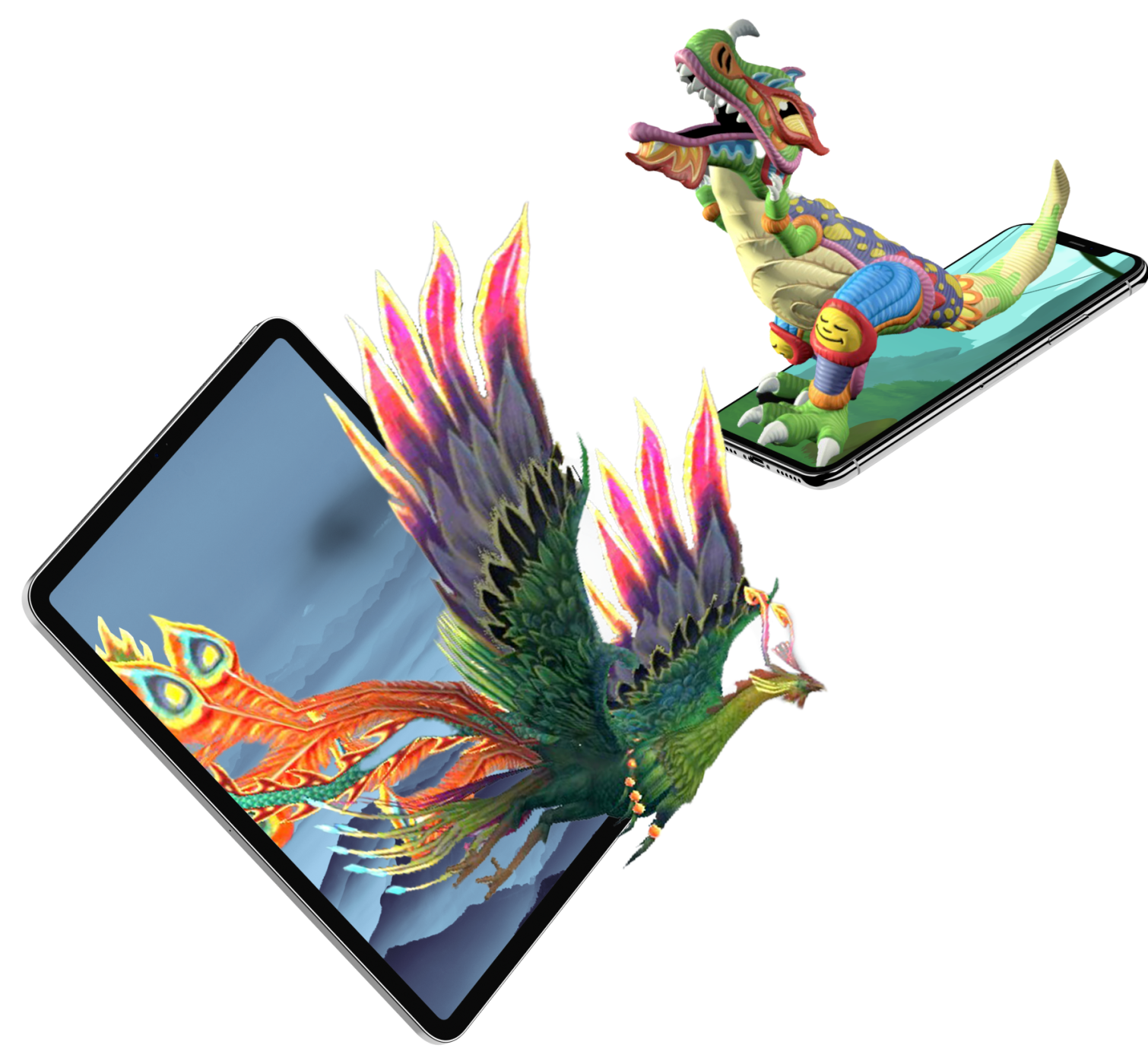Top Strategies for Effective WebAR Marketing
Businesses always look for fun and creative ways to connect with their audiences and stand out. A great option is WebAR (Web-based Augmented Reality) marketing! This technology allows users to dive into augmented reality experiences right from their web browsers—no need to download any special apps.
In this article, we’ll dive into some effective strategies for using WebAR in your marketing. You’ll discover how these engaging digital experiences can boost your brand visibility and help you connect more meaningfully with your audience and drive those conversions up! Whether you’re a digital marketing pro or just starting to explore the magic of augmented reality, these tips will give you valuable insights to take your marketing to the next level. Let’s get started!
Understanding WebAR and Its Marketing Benefits
WebAR marketing harnesses the power of augmented reality directly in the web environment. Unlike traditional AR applications that require downloads and installations, WebAR offers seamless access via mobile browsers and desktops. This accessibility leads to higher engagement rates and lower barriers to entry, making it an ideal tool for brands looking to reach a broad audience.
Key Benefits of WebAR Marketing:
- Increased Accessibility: Users can access immersive experiences without downloading apps.
- Enhanced Engagement: Interactive and immersive experiences capture audience attention better than static content.
- Cost-Effective: Lower development and deployment costs compared to native AR applications.
- Real-Time Analytics: Marketers can track user interactions and optimize campaigns on the fly.
Understanding these benefits is the first step in designing campaigns that capture the imagination and convert interest into tangible results.
Strategy 1: Create Immersive User Experiences
At the core of effective WebAR marketing lies the ability to create immersive, interactive experiences that captivate your audience. Today, users expect more than basic visuals; they’re looking for dynamic content that allows them to explore and interact meaningfully with your products or services.
Tips for Creating Immersive Experiences:
- Interactive Product Demos: Let users virtually try on products or see them in 3D from all angles. For example, a furniture company can enable users to see how a sofa fits in their living room.
- Gamification Elements: Incorporate challenges or rewards to make the experience fun. Gamification can motivate users to engage longer and share their experiences on social media.
- Storytelling Techniques: Craft narratives that resonate with your target audience. A compelling story integrated with AR can significantly enhance user connection and retention.
Focusing on immersive experiences ensures that your WebAR campaigns are memorable and effective in driving engagement and conversions.
Strategy 2: Optimize for Mobile Users and Cross-Platform Compatibility
Since most web traffic comes from mobile devices, optimizing your WebAR content for mobile users is crucial. A seamless, high-quality mobile experience enhances user satisfaction and improves search engine rankings.
Best Practices for Mobile Optimization:
- Responsive Design: Ensure that your AR content adapts seamlessly to various screen sizes and orientations.
- Fast Load Times: Optimize assets to minimize loading times, as delays can lead to higher bounce rates.
- Cross-Browser Compatibility: Test your AR experiences across multiple browsers (Chrome, Safari, Firefox, etc.) to ensure consistent performance.
Investing in mobile optimization can dramatically improve the reach and impact of your WebAR marketing campaign, ensuring that every user enjoys a high-quality experience regardless of their device.
Strategy 3: Integrate Social Media for Maximum Engagement
Social media platforms are powerful tools for amplifying your WebAR campaigns. Integrating social sharing features directly into your AR experiences encourages users to share content with their networks, increasing brand visibility and engagement organically.
How to Leverage Social Media in WebAR:
- Shareable Content: Design AR experiences that are easily shareable on platforms like Instagram, Facebook, and TikTok.
- AR Filters and Lenses: Create branded AR filters that users can overlay on their photos and videos, driving user-generated content.
- Influencer Collaborations: Partner with influencers who can showcase your AR experiences to their followers, adding credibility and reach to your campaign.
By tapping into the social media ecosystem, you can extend the lifespan of your WebAR content and engage new audiences who may not have been reached through traditional channels.
Strategy 4: Leverage Data and Analytics to Refine Your Campaigns
One of the greatest advantages of digital marketing is the ability to measure and analyze performance in real time. In WebAR marketing, tracking user behavior and engagement metrics can provide valuable insights into what works—and what doesn’t.
Key Analytics Strategies:
- User Interaction Tracking: Monitor how users interact with your AR content, including time spent, clicks, and areas of interest.
- Conversion Metrics: Track the journey from AR engagement to conversion, whether that’s a sale, sign-up, or download.
- A/B Testing: Experiment with different AR experiences or calls to action (CTAs) to determine which elements produce the best results.
- Heatmaps and User Flow Analysis Are tools for visualizing where users focus their attention and how they navigate through your experience.
You can continually refine your WebAR campaigns using data-driven insights, ensuring they remain effective and aligned with your business goals.
Strategy 5: Collaborate with Influencers and Strategic Partners
Influencer marketing has become an essential part of the digital landscape. Combined with WebAR, it creates powerful synergies that propel your brand to new heights. Influencers bring with them a dedicated audience and a trusted voice, making them ideal partners for AR experiences.
Tips for Successful Collaborations:
- Identify Relevant Influencers: Look for influencers whose audience aligns with your target demographic.
- Co-Create AR Experiences: Collaborate to develop authentic and engaging AR content. This could include virtual try-ons, behind-the-scenes looks, or interactive challenges.
- Amplify Reach: Encourage influencers to share their experiences and provide exclusive content to their followers, driving traffic back to your AR campaign.
Leveraging influencer partnerships can boost credibility and reach, making your WebAR marketing efforts more impactful and far-reaching.
Strategy 6: Personalize and Customize the User Experience
Personalization is key to modern marketing, and WebAR provides an ideal platform for delivering tailored experiences that resonate with individual users. Engagement and conversion rates typically significantly boost when users feel that content speaks directly to them.
How to Implement Personalization:
- Dynamic Content: Use data such as location, browsing history, and user preferences to deliver customized AR experiences.
- Interactive Customization: Users can modify aspects of the AR experience, such as color schemes or product features, to better suit their tastes.
- Tailored Messaging: Adapt your messaging within the AR experience to address different audience segments' unique needs or interests.
Personalized AR experiences enhance user satisfaction and foster a deeper connection with your brand, driving long-term loyalty and repeat engagement.
Strategy 7: Seamless Integration with E-Commerce and Clear Calls-to-Action
An effective WebAR marketing strategy doesn’t end with engagement—it should also drive conversions. Integrating your AR experiences with e-commerce platforms and incorporating clear calls-to-action (CTAs) can guide users smoothly through the buyer’s journey.
Integration and CTA Best Practices:
- Direct Product Links: Embed clickable elements within your AR experience that take users directly to product pages.
- Incentivized Actions: Offer discounts, limited-time offers, or rewards for users who complete specific actions through the AR experience.
- Clear and Concise CTAs: Make sure your CTAs are prominent and easy to understand. Whether it’s “Buy Now,” “Learn More,” or “Sign Up,” clear instructions can improve conversion rates.
- Smooth Transition: Ensure that the transition from AR experience to e-commerce site is seamless and doesn’t disrupt the user journey.
Connecting your AR experience directly to your sales funnel maximizes the potential for immediate conversions and revenue growth.
Strategy 8: Continuously Innovate and Stay Ahead of Trends
The digital marketing landscape is ever-evolving, and staying ahead of the curve is crucial for long-term success. WebAR is still a relatively new technology; innovation is key to maintaining engagement and interest.
Innovation Tips:
- Keep Up with Technology: Stay informed about the latest advancements in WebAR and related technologies.
- Experiment with New Formats: Don’t be afraid to test unconventional ideas or formats in your AR campaigns. User feedback and performance data can guide future innovations.
- Regular Updates: Refresh your AR content regularly to keep it current and engaging. Stale content can quickly lead to disengagement.
- Learn from Competitors: Analyze what others in your industry are doing with AR marketing and identify areas for differentiation.
Constant innovation keeps your audience engaged and positions your brand as a leader in digital and augmented reality marketing.
Conclusion
WebAR marketing represents a significant leap forward in how brands interact with their audiences. With it, you can craft a holistic and highly effective marketing strategy by creating immersive experiences, optimizing for mobile and cross-platform performance, integrating with social media, leveraging data analytics, collaborating with influencers, personalizing content, and seamlessly integrating with e-commerce. As technology advances, the potential for WebAR in digital marketing will only grow, offering new opportunities to capture attention and drive conversions.
Adopting these top strategies for effective WebAR marketing will help you stay competitive and set the industry standard for innovation. Whether you aim to boost brand awareness, enhance user engagement, or drive sales, integrating augmented reality into your digital marketing mix is a forward-thinking investment that promises substantial rewards.
By continuously innovating and staying ahead of trends, your brand can leverage WebAR to create memorable, impactful experiences that resonate with modern consumers. Embrace the future of digital marketing with WebAR, and watch your engagement, conversions, and overall brand perception soar.
TALK TO A PRO
We're here to bring your brand to life!
Stay Connected with BrandXR
Thank you for signing up to our monthly newsletter.
Please try again later.
Create Augmented Reality for Free!
Create, Publish, and Measure 3D Augmented Reality Experiences Without Having to Code.

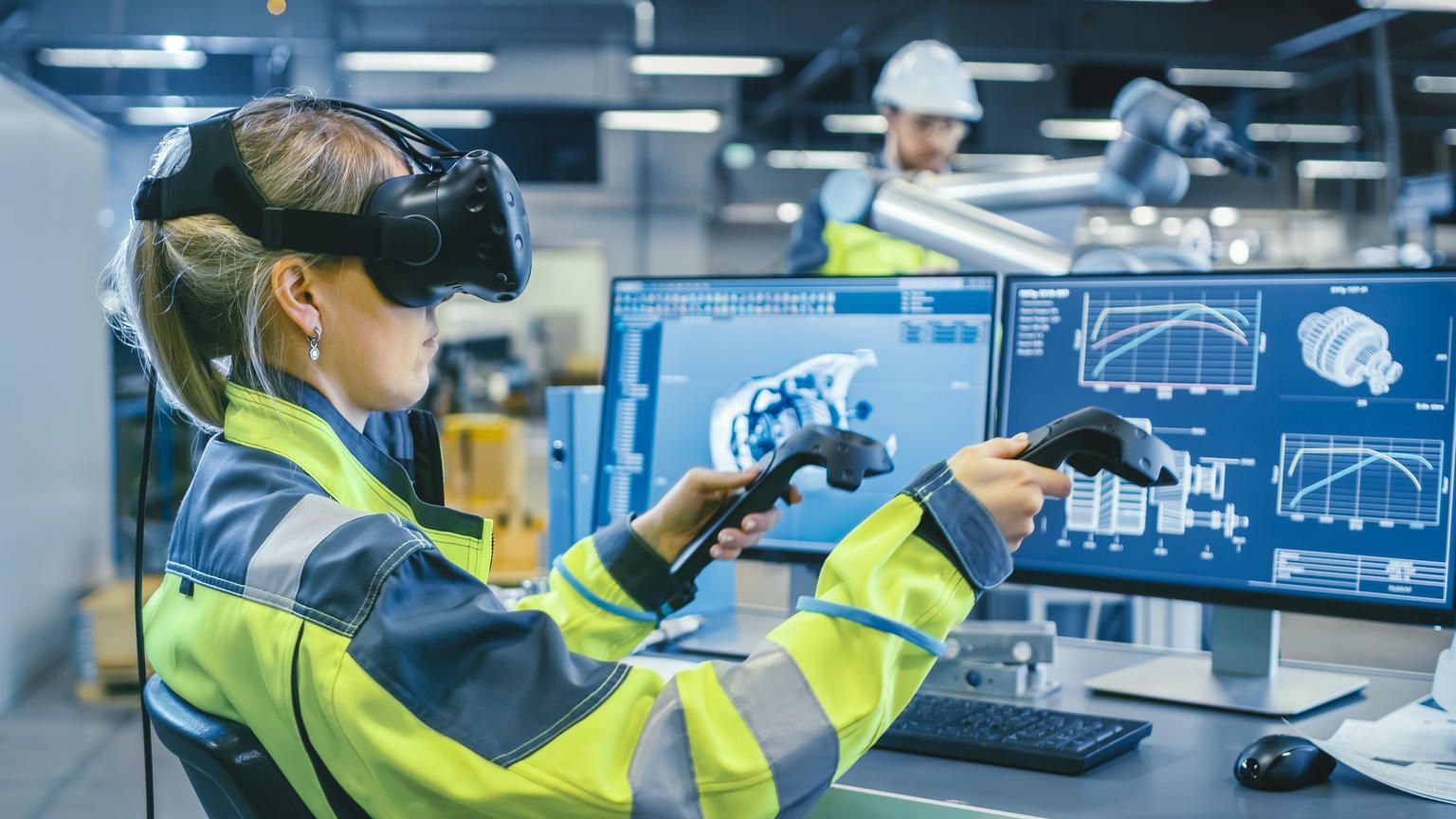
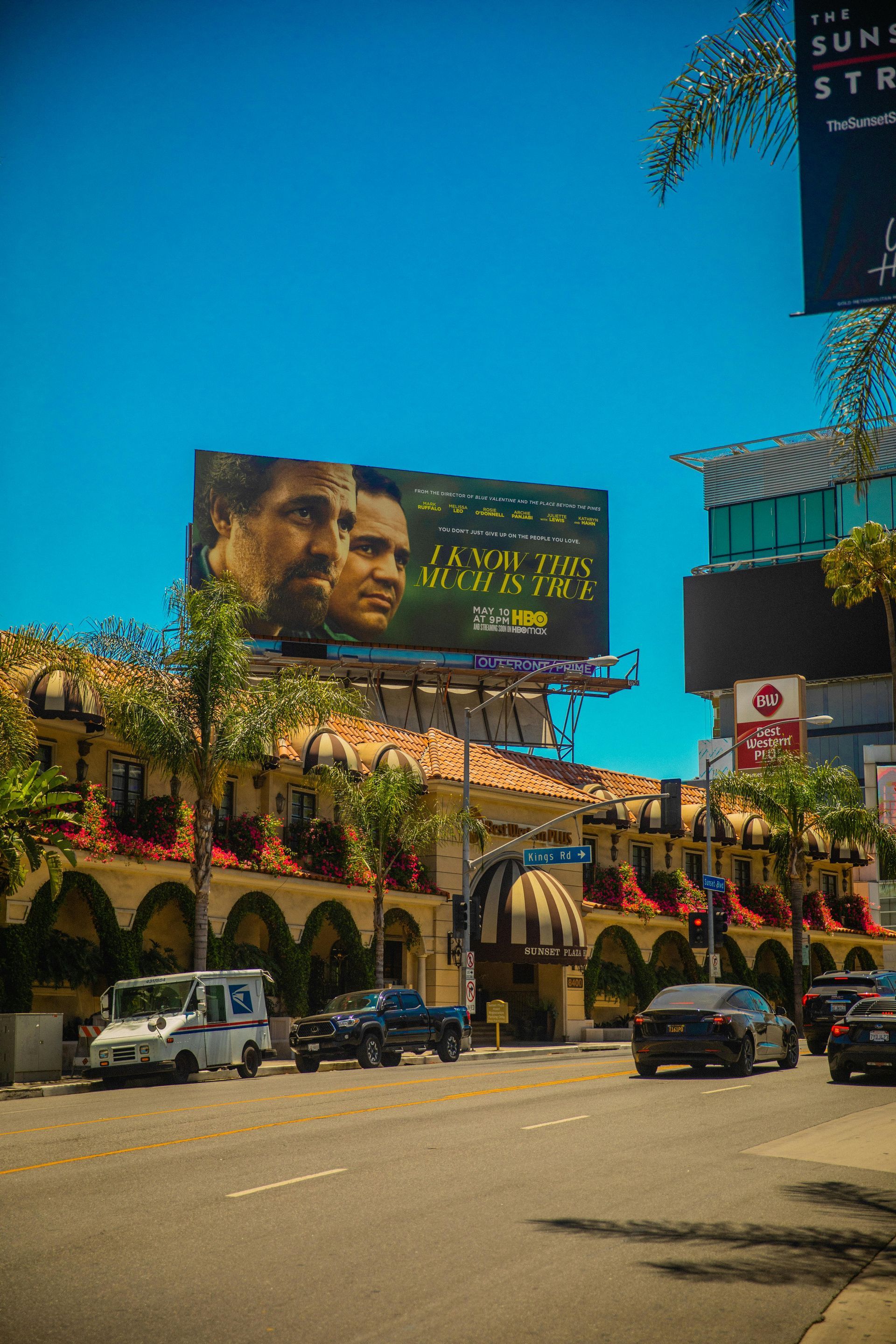
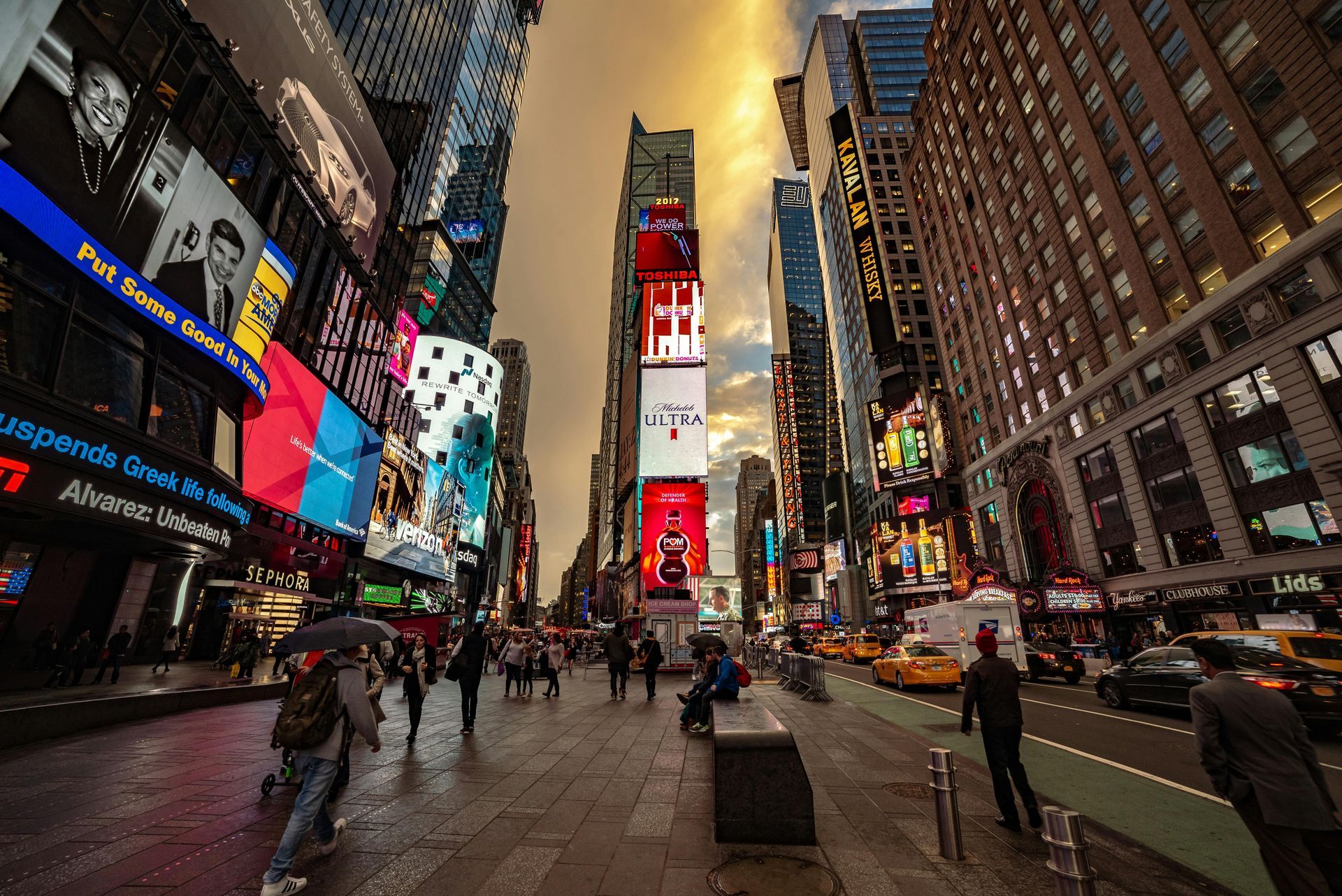

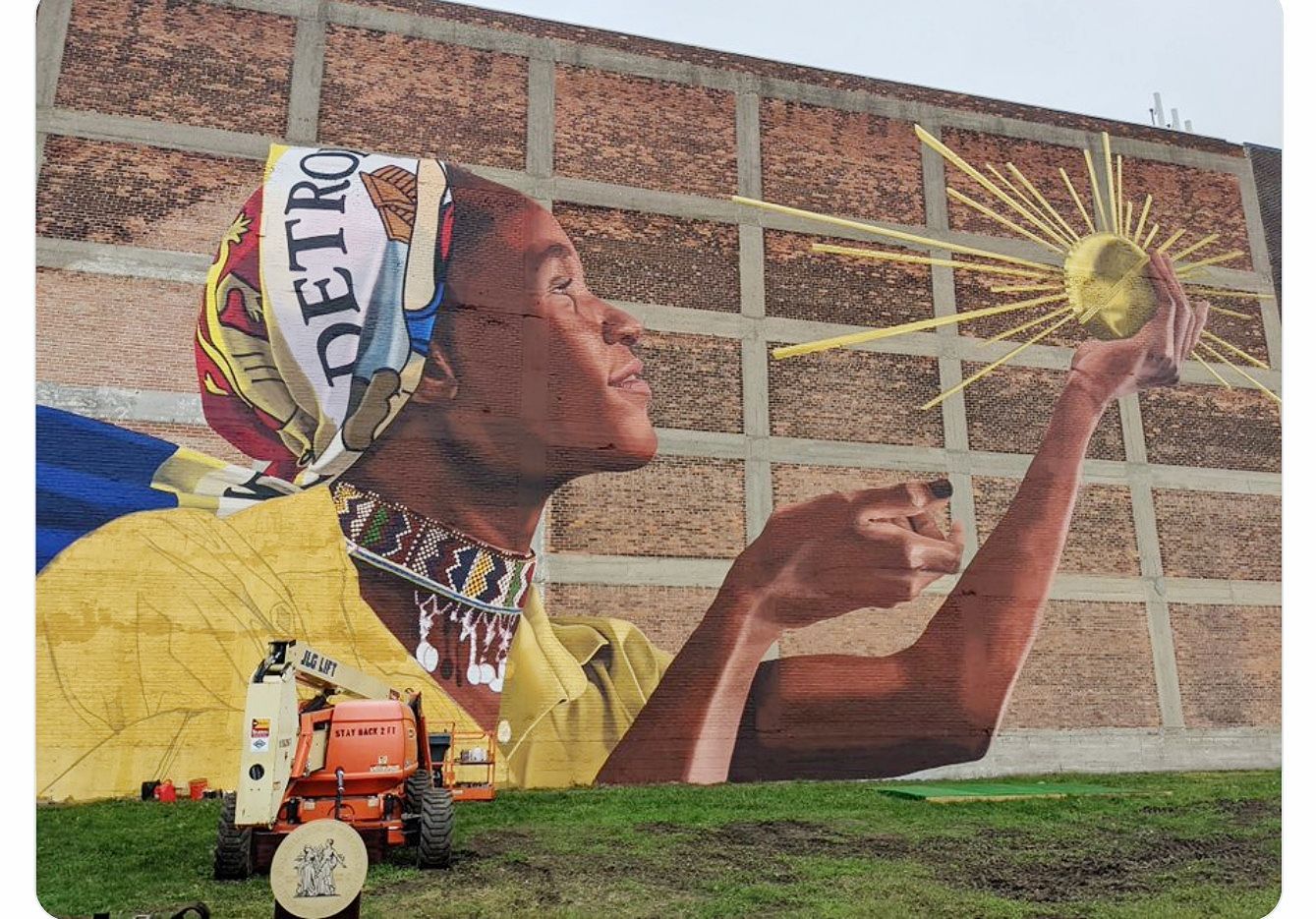
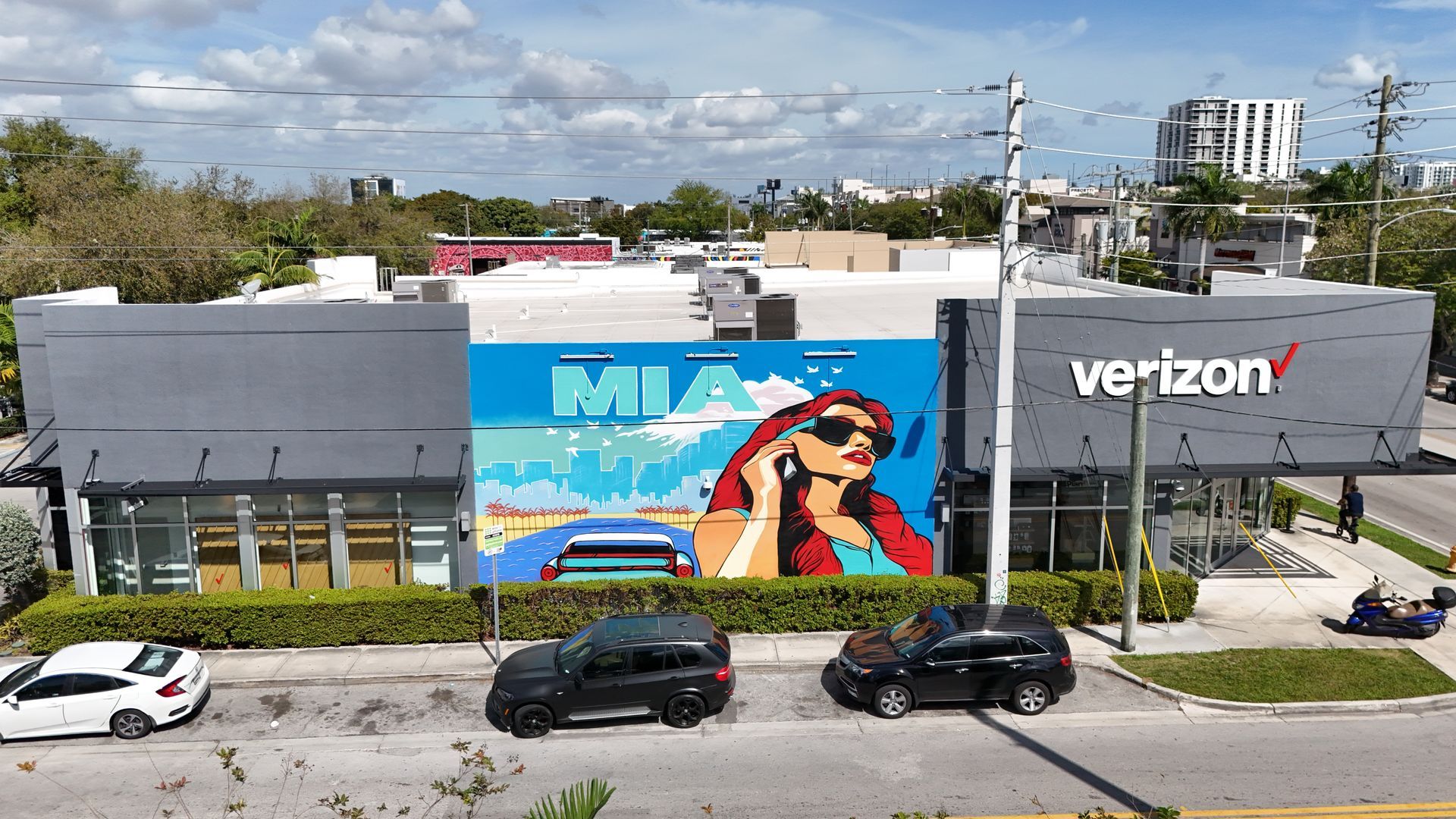


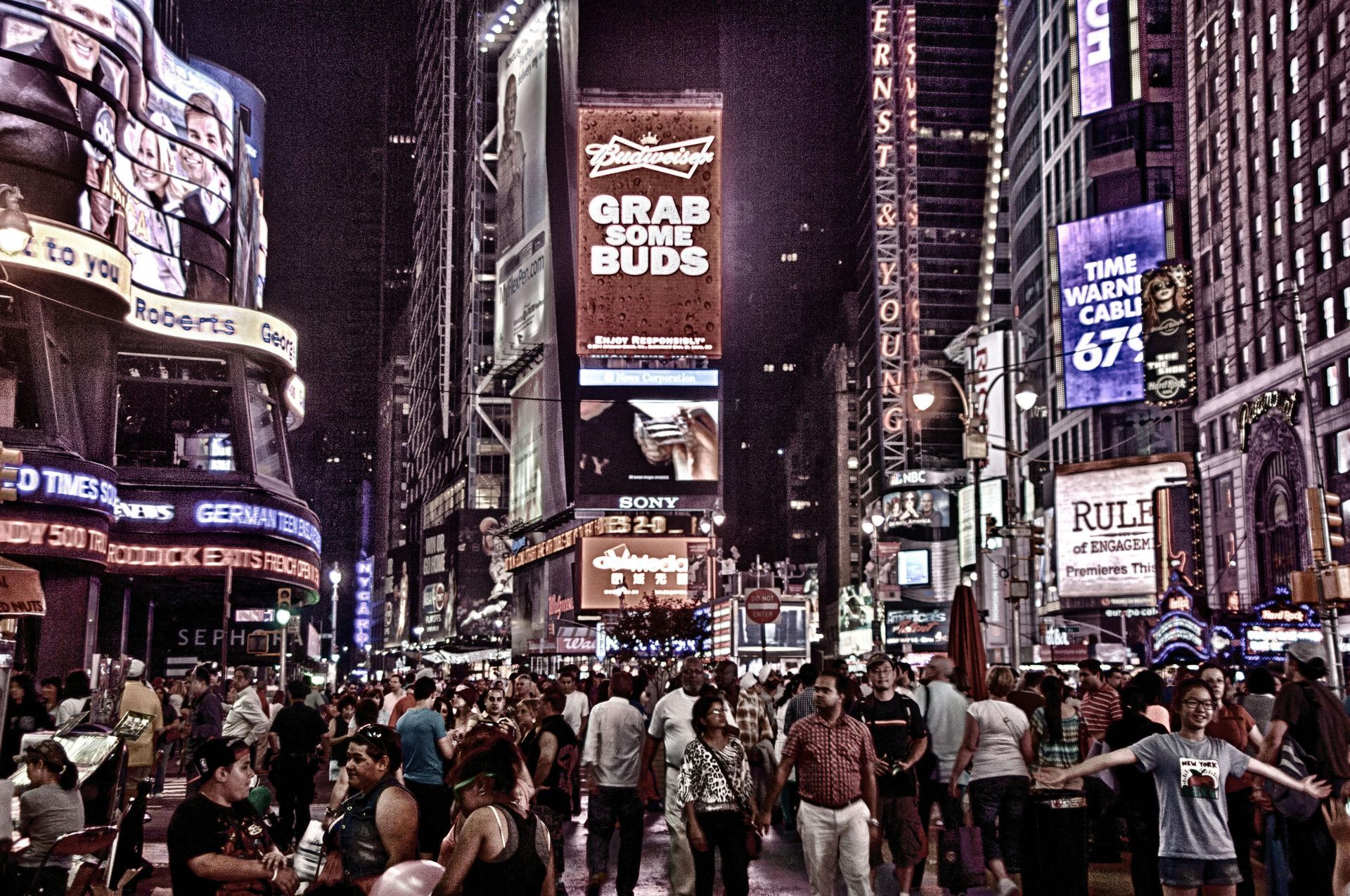
SUPPORT
Detroit
Saudi Arabia
BrandXR. All Rights Reserved. Website designed by Unleash Media.
